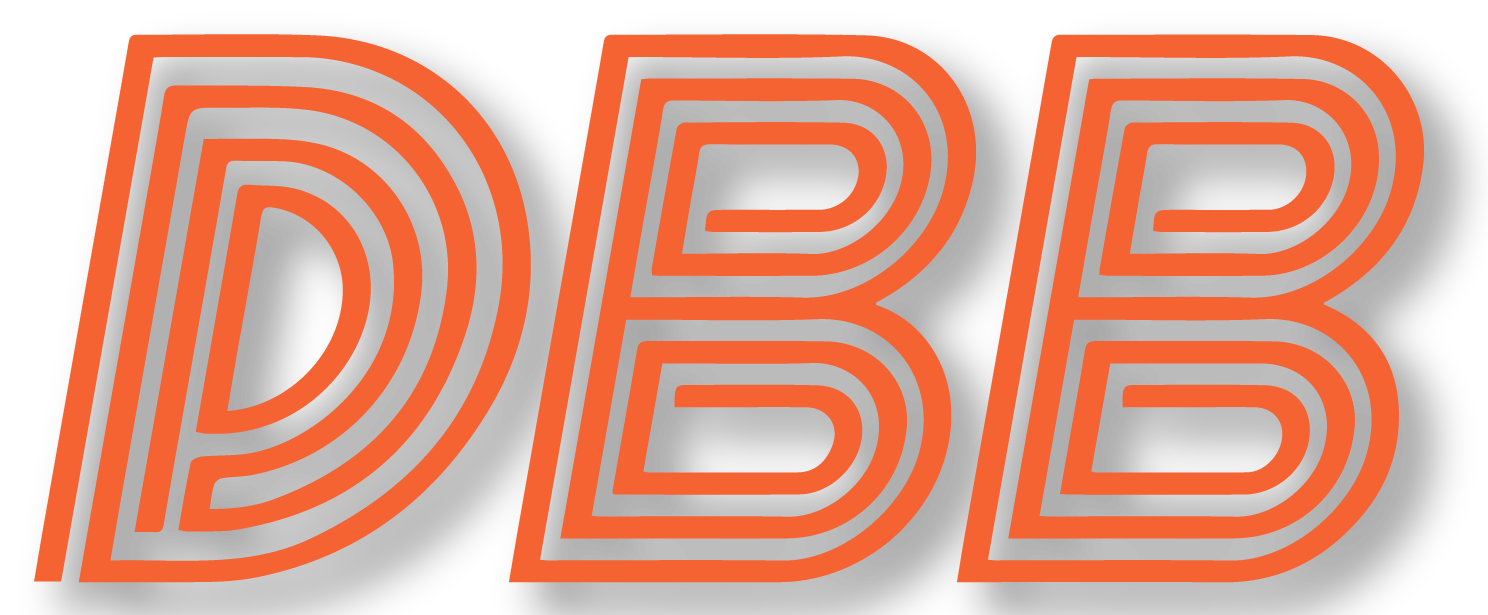Chicago Bears TE Cole Kmet saw his production jump across the board in his 2021 sophomore campaign, as his targets, receptions, and receiving yards all more than doubled from his rookie year. This left him ranking among the top 20 NFL TEs in the main three receiving categories, as you can see in the table below.
Of course, those are all volume stats, and high volume does not necessarily mean that you are a top player. Chicago’s receiving options were extremely limited in 2021, and the former coaching staff had a vested interest in getting Kmet the ball to justify their second-round investment in him, so of course he saw a lot of balls thrown his way. But how effective was he with those targets?
In order to dig into that question, I’m going to take a closer look at Kmet’s underlying metrics to see how well he performed. This will be very similar to what I recently did with Darnell Mooney, the only other returning pass catcher on the Bears.
Man vs. Zone
Let’s start by looking at how Kmet did against man and zone coverages compared to his peers. I split the overall TE group based on how many targets players earned, and the sample broke down like this:
- 50+ targets: 25 TEs fell in this group. With 32 NFL teams, this is more or less the starting TEs.
- 20-49 targets: 33 TEs fell in this range, meaning these are generally the second TEs on a team.
- Less than 20 targets: 64 players fit in here, so these are the depth TE on a team.
The table below shows how TEs in those groupings performed in a variety of metrics against both man (orange) and zone (blue) coverage. All stats are from Pro Football Focus (PFF).
A few thoughts:
- Like we did with Darnell Mooney, it’s important to take the offense into consideration when evaluating Kmet’s stats against his peers. The Bears as a team ranked in the bottom five in the majority of passing categories, so it’s not really a surprise to see some of his efficiency stats looking low. For example, the Bears were about 4% lower than the NFL average in completion % (catch % here) and 0.4 yards below the NFL average in yards/attempt (yards/target here).
- Given that context, Kmet served as a capable weapon against zone coverage. His catch percentage and yards/target mark are fairly solid, if unspectacular, though it’s worth noting his poor YAC (yards after catch) performance. Time will tell if that’s a scheme issue from last year (Andy Dalton and Justin Fields ranked 21st and 31st, respectively, in YAC/completion of the 33 QBs with 200+ passing attempts in 2021) or a Kmet issue, but it’s worth noting Mooney did not have the same YAC issues. Kmet’s average catch against zone is also a bit shorter down the field than most starting TEs, which is notable considering how Justin Fields had one of the deepest average passes in the NFL last year.
- Kmet’s man metrics, on the other hand, are unquestionably poor. His catch rate was just fine, but his average catch against man was very short, indicating he was only able to produce against man coverage on dump-offs underneath. This is in line with the TE2 and depth TE group, not the starters. Kmet’s YAC here was also laughably bad, indicating he was unable to consistently break tackles and turn those dump-offs into more meaningful gains.














